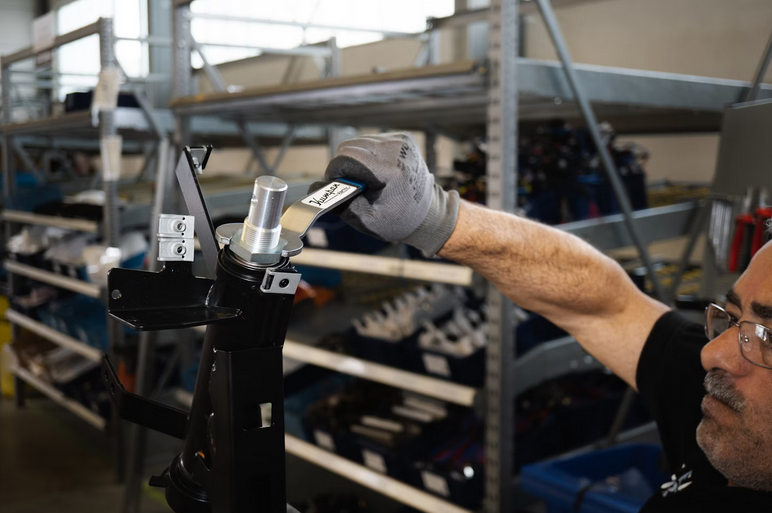The Ultimate Guide to Thread Gauges: Benefits, Types, and Uses

When we’re talking about engineering and manufacturing, precision is something you can’t compromise on. Whether it’s a simple household item or a complex machine part, every part must be made to exact specifications.
Otherwise, the piece won’t fit correctly or function as intended. One of the critical aspects of precision is the thread on screws, bolts, and other fasteners. Threads are spiral ridges that wrap around a cylinder or cone’s surface, allowing two pieces to join together securely.
Since threads come in various sizes and shapes, the use of thread gauges is essential to ensure that every piece you make fits perfectly. But what are thread gauges, and how do they work? Let’s explore this important tool in detail.
Benefits of Using Precision Thread Gauges
Precision thread gauges offer unparalleled accuracy in measuring the pitch and size of threads, ensuring seamless compatibility between components. By using thread gauges, manufacturers can guarantee precise fits, reducing the risk of errors during assembly or installation. This leads to improved product quality and overall performance.
Additionally, utilizing thread gauges helps streamline production processes by quickly identifying any deviations in thread dimensions. This early detection saves valuable time and resources that would otherwise be wasted on troubleshooting later stages of manufacturing. Moreover, consistent use of precision thread gauges enhances reliability and repeatability across different production runs.
Types of Thread Gauges

Thread gauges come in various types to accommodate different needs and preferences. Let’s take a closer look at some of them here:
- Ring gauge: This is used to check external threads on parts like bolts or pipes. It ensures that the thread profile matches the specified dimensions accurately.
- Plug gauge: It’s designed to check internal threads. This tool helps verify if nuts or holes have been threaded correctly and meet the required standards.
- Tapered thread gauges: They’re perfect for tapered pipe threads, ensuring a snug fit that prevents leaks in plumbing systems or machinery connections.
Multiple start thread gauges: I’m telling you. They definitely come in handy when dealing with fasteners that have multiple threads starts, providing a precision measurement of the pitch diameter and the lead angle.
Best Uses for Thread Gauges
When it comes to precision and accuracy in measurements, thread gauges play a crucial role in various industries. One of the best uses for thread gauges is ensuring that threaded components fit together perfectly, reducing the risk of leaks or malfunctions.
In manufacturing settings, thread gauges are essential for quality control to guarantee that machined parts meet specifications and standards. Whether it’s in aerospace, automotive, or medical fields, using thread gauges ensures consistency and reliability in production processes.
Moreover, maintenance teams rely on thread gauges to assess the condition of existing threads and determine if replacements are needed. By identifying worn-out threads early on with these tools, costly repairs can be avoided down the line.…


